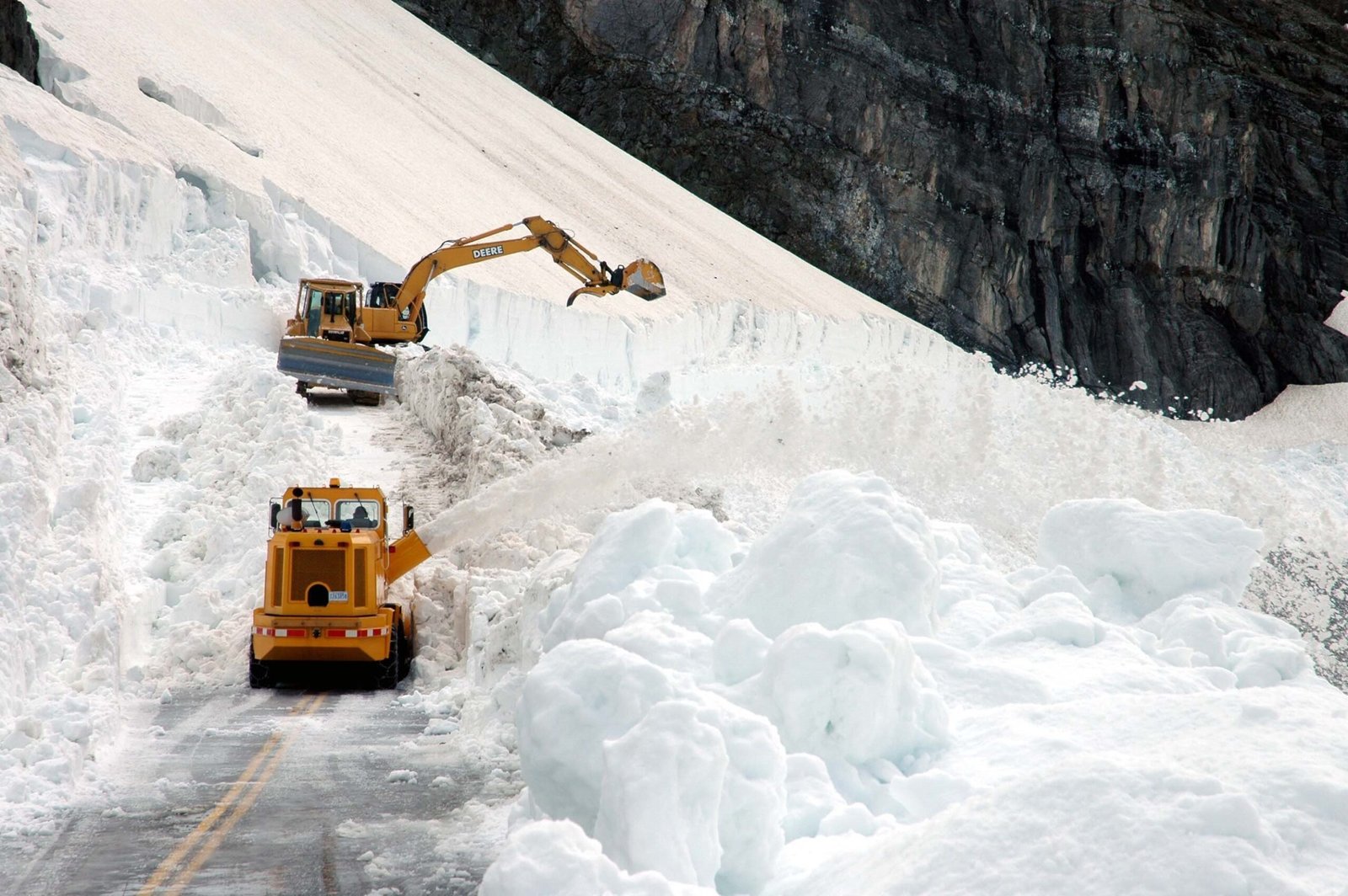Glacier National Park, a crown jewel of the American wilderness, has faced significant challenges in recent years. From wildfires to climate change impacts, the park has undergone dramatic transformations. This article delves into the events that have shaped Glacier National Park, exploring the effects on its ecosystem, wildlife, and visitor experience. We’ll examine the recovery efforts, ongoing challenges, and the park’s resilience in the face of environmental changes.
What Were the Major Fire Events in Glacier National Park?

Glacier National Park has experienced several significant fire events in recent years, each leaving its mark on the landscape and ecosystem. While specific details about 2023 wildfires are not available in the provided sources, we can look at past fire events to understand their impact:
- 2017 Sprague Fire
- Burned approximately 17,000 acres
- Primarily affected the east side of Lake McDonald
-
Threatened structures and iconic areas like the Going-to-the-Sun Road
-
2015 Reynolds Creek Fire
- Closed several scenic areas along the Going-to-the-Sun Road
- Affected the Rising Sun Area and the St. Mary / Elizabeth Falls Trail
These fires have had significant impacts on the park’s landscape, wildlife habitats, and visitor access. They serve as examples of the type of fire events that Glacier National Park has faced and may continue to face in the future.
How Has Climate Change Affected Glacier National Park?

Climate change has had profound effects on Glacier National Park, altering its iconic features and ecosystems:
- Glacial Retreat
- The park’s namesake glaciers are rapidly disappearing
-
Predictions suggest most glaciers will be gone by 2030
-
Temperature Changes
- Rising temperatures contribute to increased fire risk
-
Altered ecosystems and species distributions
-
Ecosystem Shifts
- More frequent and severe fires due to changing climate patterns
-
Changes in forest composition and wildlife habitats
-
Altered Fire Cycles
- Longer fire seasons
- More intense and frequent wildfires
These changes are reshaping the park’s landscape and challenging its ability to maintain its unique ecosystems and biodiversity.
What Has Been the Impact on Wildlife in Glacier National Park?
Wildfires and environmental changes have significantly affected wildlife in Glacier National Park:
Species Affected
- Ungulates (elk, deer)
- Grizzly bears
- Mountain goats
Population Changes
- Immediate decreases in local wildlife populations post-fire
- Long-term shifts in species distribution and abundance
Habitat Alterations
- Creation of new habitats (e.g., blackened surfaces attracting solar radiation)
- Changes in food availability for various species
| Wildlife Group | Short-term Impact | Long-term Impact |
|---|---|---|
| Ungulates | Habitat loss | New grazing areas |
| Predators | Prey displacement | Altered hunting patterns |
| Small mammals | Population decline | Habitat adaptation |
| Birds | Nesting site loss | New nesting opportunities |
These impacts highlight the complex relationship between fire events, climate change, and wildlife populations in the park.
What Recovery Efforts Have Been Implemented in Glacier National Park?
Recovery efforts in Glacier National Park following fire events and other environmental challenges have been multifaceted:
- Immediate Post-Fire Assessments
- Evaluating damage to ecosystems and infrastructure
-
Identifying areas of highest concern for intervention
-
Stabilization Measures
- Implementing erosion control techniques
-
Protecting water resources from post-fire runoff
-
Long-term Rehabilitation
- Clearing dead and burned trees
- Restoring damaged trails and facilities
-
Monitoring ecological recovery processes
-
Ecosystem Monitoring
- Tracking the recovery of plant and animal communities
-
Assessing the effectiveness of restoration efforts
-
Adaptive Management Strategies
- Adjusting park management practices based on recovery observations
- Implementing fire-resistant landscaping around key structures
It’s important to note that full recovery can take decades. Studies estimate that median times to reach pre-fire canopy cover are around 40 years, with some areas potentially taking over 200 years to fully recover.
How Have Visitor Experiences Been Affected in Glacier National Park?
The events in Glacier National Park have significantly impacted visitor experiences:
Closures and Access Restrictions
- Temporary closures of popular trails and scenic areas
- Limited access to certain parts of the park during and after fire events
Changes in Landscape Views
- Altered vistas due to fire damage and glacial retreat
- New perspectives on ecological processes and park resilience
Educational Opportunities
- Increased focus on climate change and fire ecology in park programs
- Opportunities for visitors to witness and learn about ecosystem recovery
Safety Considerations
- Enhanced fire safety protocols and visitor guidelines
- Potential for unexpected closures or evacuations during fire seasons
Despite these challenges, Glacier National Park continues to offer breathtaking experiences and valuable insights into natural processes and conservation efforts.
What Long-term Changes Can Be Expected in Glacier National Park?
Looking to the future, several long-term changes can be anticipated in Glacier National Park:
- Continued Glacial Loss
- Further retreat and potential disappearance of remaining glaciers
-
Alterations in water resources and alpine ecosystems
-
Shifting Ecosystems
- Changes in plant and animal species composition
-
Potential loss of some cold-adapted species
-
Increased Fire Activity
- More frequent and intense fire seasons
-
Ongoing challenges in fire management and ecosystem recovery
-
Adaptation Strategies
- Implementation of new conservation and management techniques
-
Possible changes in visitor facilities and access points
-
Research Opportunities
- Continued studies on climate change impacts and ecosystem resilience
- Development of new approaches to park conservation and management
These changes underscore the dynamic nature of Glacier National Park and the ongoing need for adaptive management and conservation efforts.
In conclusion, the events in Glacier National Park, from wildfires to climate change impacts, have significantly reshaped its landscape and ecosystems. While the park faces ongoing challenges, it also serves as a living laboratory for understanding and adapting to environmental changes. The resilience of its ecosystems, coupled with dedicated conservation efforts, continues to make Glacier National Park a unique and invaluable natural treasure.